Fabric small sofa
Apple Shopping Event
Hurry and get discounts up to 20% Read more
Ottoman is a settee with injected flame-retardant polyurethane foam over internal steel frame. Seat and back cushions are polyester fiberfill over flame-retardant polyurethane foam and memory foam chips. Legs are steel with powder coat finish. Ottoman collection covers are not removable.
A new fabric for a new way of sitting. This new way of sitting of Ottoman collection will probably be more like lying. The seat height is lower than usual, and the furniture’s open design allows for more freedom of movement. Spatial dimensions, layered patterns and colour use are central considerations in the fabric design. Scholten & Baijings’ first sketches and scale models consist of soft, rectangular ‘Daybeds’ that offer multiple uses: sitting, leaning against, lounging or lying down, alone or with each other. The use of futons, as customary in typically Japanese rooms, served as an important source of inspiration.
In the second sketch phase the idea emerged to use the old Ottoman Empire as an imaginative starting point. A footstool is also called an Ottoman. Ottoman history provides many magnificent examples of decorative interior fabrics in combination with low seating elements, intended to encourage social interaction among people. Images evoked are those of tea drinking, the use of a waterpipe, or the enjoyment of a shared meal. In addition, numerous examples exist of fabric designs in vibrant colours and with clear graphic patterns, used in wide-open, spacious interiors.
The furniture design is unlike that of the fabric. The Ottoman’s design is characterized by rounder, softer and more organic forms. This is in contrast with the fabric’s angular colour compositions and creates a magnificent symbiosis. However, both designs also work very effectively on their own.

Authorities in our business will tell in no uncertain terms that Lorem Ipsum is that huge, huge no no to forswear forever. Not so fast, I'd say, there are some redeeming factors in favor of greeking text, as its use is merely the symptom of a worse problem to take into consideration.
Anyway, you still use Lorem Ipsum and rightly so, as it will always have a place in the web workers toolbox, as things happen, not always the way you like it, not always in the preferred order.
Request a Quote
Average response time is approximately 30 minutes
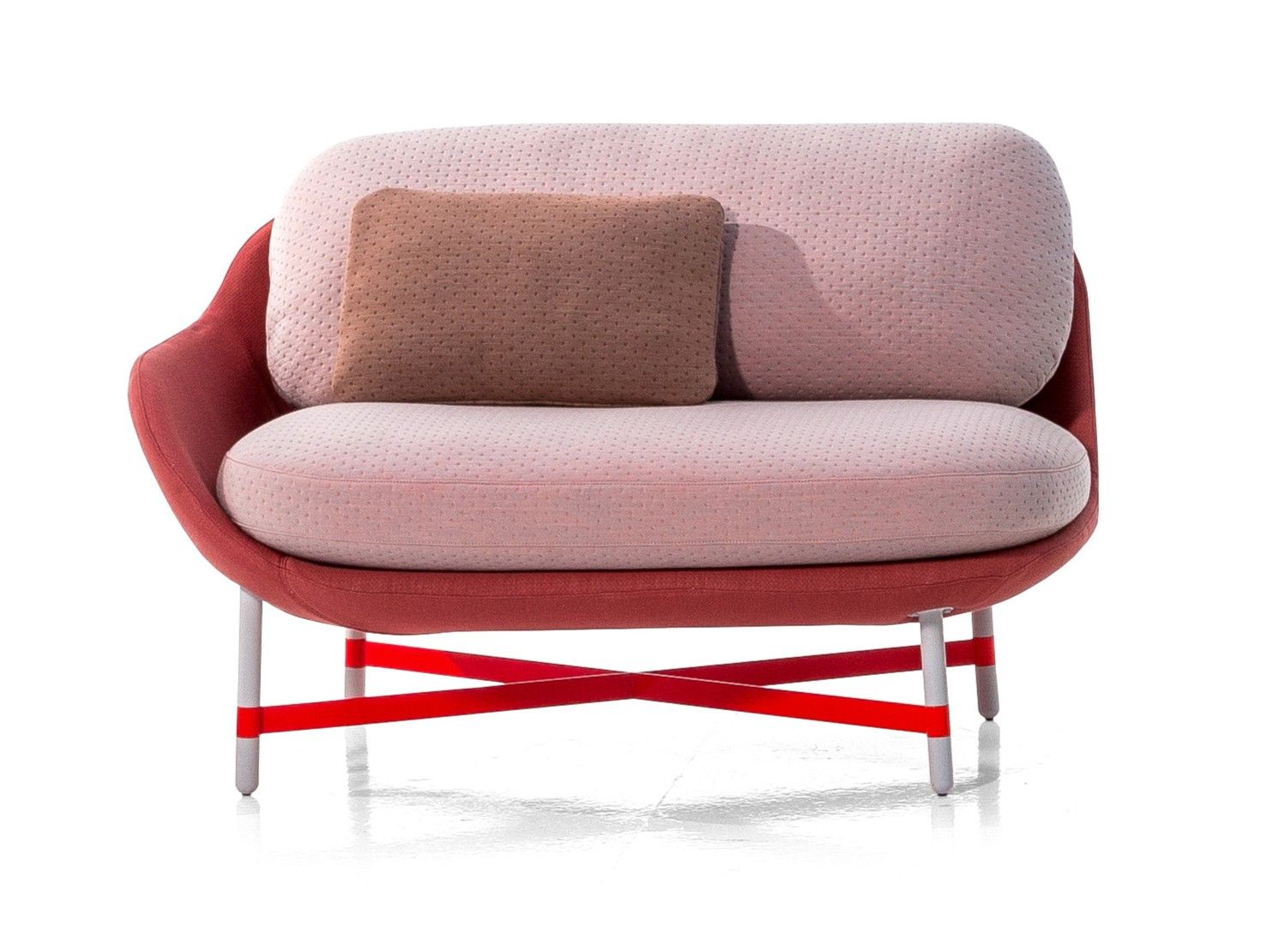
OTTOMAN By Moroso
Get In Touch With Us
Italcasa Furniture & Interior Design
32968 Woodward Ave,
Royal Oak, MI 48073
Mon - Fri 10 a.m. - 05 p.m.
Sat - Sun 11 a.m. - 04 p.m.
Italcasa Design - Michigan Design Center
1700 Stutz Dr suite 30,
Troy, MI 48084
Mon - Fri 10 a.m. - 05 p.m.
Sat - Sun 11 a.m. - 04 p.m.
Product details
Made possible by exploring innovative molded plywood techniques, Iskos-Berlin’s Soft Edge Chair blends strong curves with extreme lightness to create a three-dimensionality not usually possible with 2-D plywood.
Description
Ottoman is a settee with injected flame-retardant polyurethane foam over internal steel frame. Seat and back cushions are polyester fiberfill over flame-retardant polyurethane foam and memory foam chips. Legs are steel with powder coat finish. Ottoman collection covers are not removable.
A new fabric for a new way of sitting. This new way of sitting of Ottoman collection will probably be more like lying. The seat height is lower than usual, and the furniture’s open design allows for more freedom of movement. Spatial dimensions, layered patterns and colour use are central considerations in the fabric design. Scholten & Baijings’ first sketches and scale models consist of soft, rectangular ‘Daybeds’ that offer multiple uses: sitting, leaning against, lounging or lying down, alone or with each other. The use of futons, as customary in typically Japanese rooms, served as an important source of inspiration.
In the second sketch phase the idea emerged to use the old Ottoman Empire as an imaginative starting point. A footstool is also called an Ottoman. Ottoman history provides many magnificent examples of decorative interior fabrics in combination with low seating elements, intended to encourage social interaction among people. Images evoked are those of tea drinking, the use of a waterpipe, or the enjoyment of a shared meal. In addition, numerous examples exist of fabric designs in vibrant colours and with clear graphic patterns, used in wide-open, spacious interiors.
The furniture design is unlike that of the fabric. The Ottoman’s design is characterized by rounder, softer and more organic forms. This is in contrast with the fabric’s angular colour compositions and creates a magnificent symbiosis. However, both designs also work very effectively on their own.
Description
Ottoman is a settee with injected flame-retardant polyurethane foam over internal steel frame. Seat and back cushions are polyester fiberfill over flame-retardant polyurethane foam and memory foam chips. Legs are steel with powder coat finish. Ottoman collection covers are not removable.
A new fabric for a new way of sitting. This new way of sitting of Ottoman collection will probably be more like lying. The seat height is lower than usual, and the furniture’s open design allows for more freedom of movement. Spatial dimensions, layered patterns and colour use are central considerations in the fabric design. Scholten & Baijings’ first sketches and scale models consist of soft, rectangular ‘Daybeds’ that offer multiple uses: sitting, leaning against, lounging or lying down, alone or with each other. The use of futons, as customary in typically Japanese rooms, served as an important source of inspiration.
In the second sketch phase the idea emerged to use the old Ottoman Empire as an imaginative starting point. A footstool is also called an Ottoman. Ottoman history provides many magnificent examples of decorative interior fabrics in combination with low seating elements, intended to encourage social interaction among people. Images evoked are those of tea drinking, the use of a waterpipe, or the enjoyment of a shared meal. In addition, numerous examples exist of fabric designs in vibrant colours and with clear graphic patterns, used in wide-open, spacious interiors.
The furniture design is unlike that of the fabric. The Ottoman’s design is characterized by rounder, softer and more organic forms. This is in contrast with the fabric’s angular colour compositions and creates a magnificent symbiosis. However, both designs also work very effectively on their own.

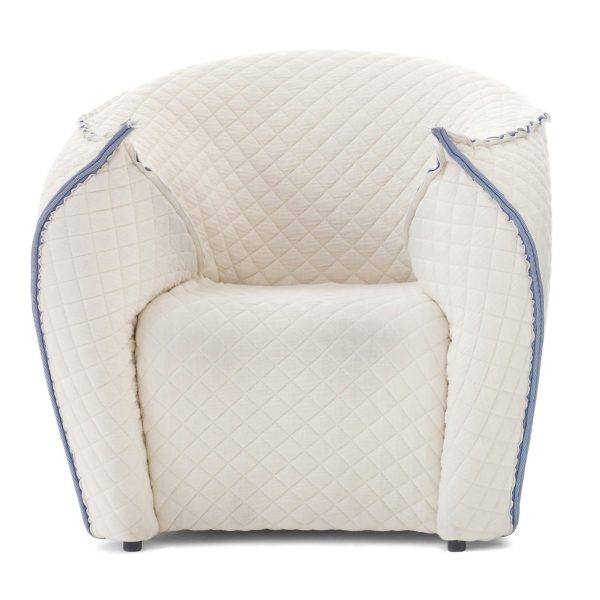
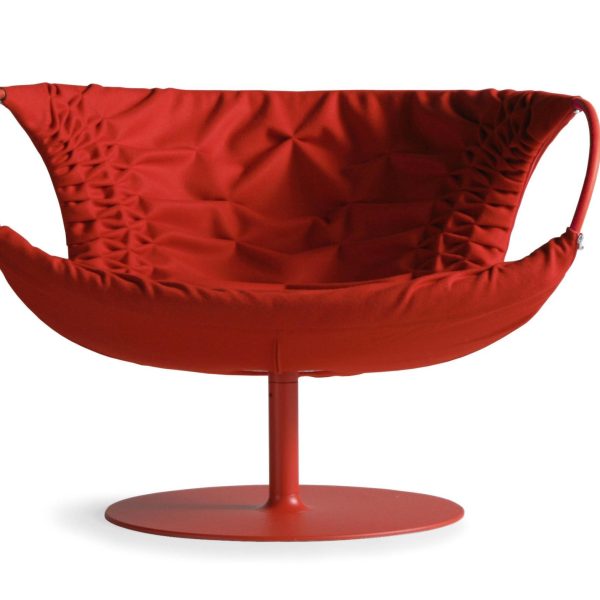
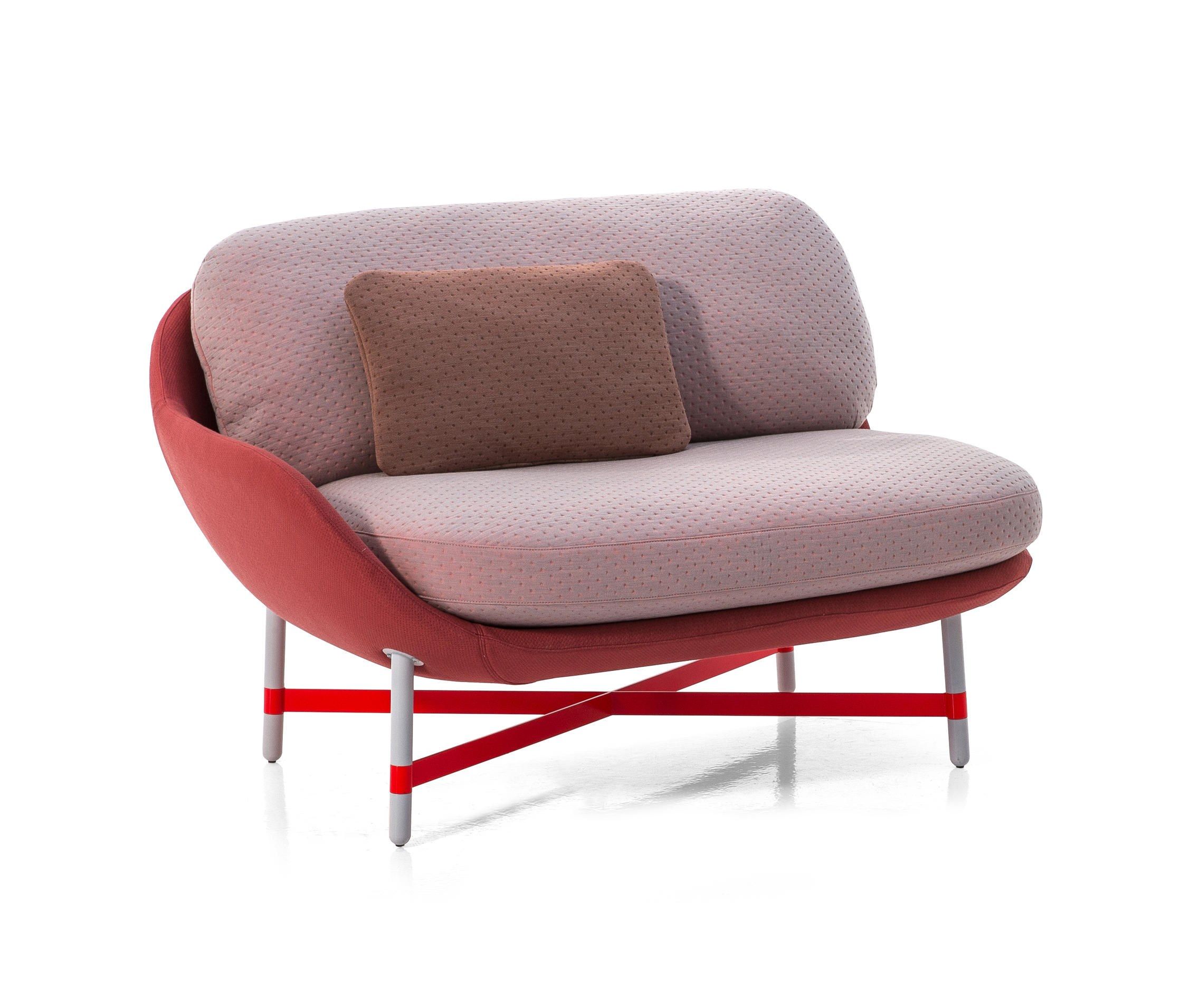
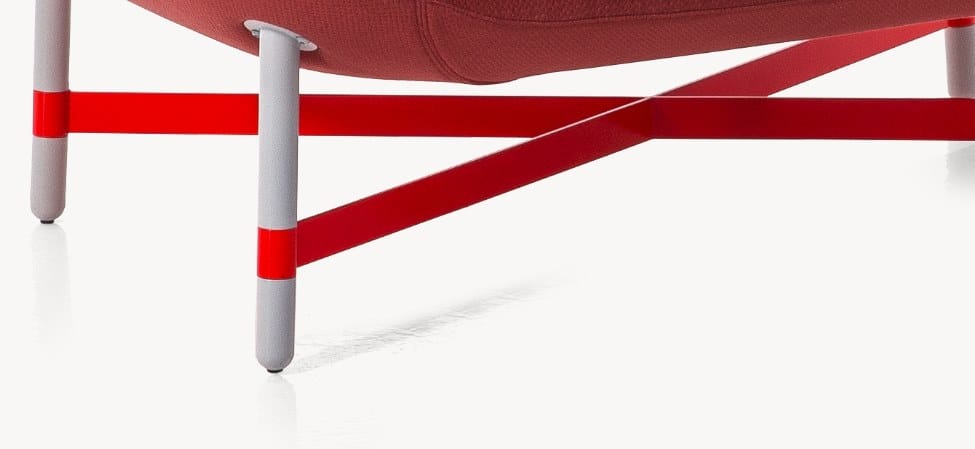
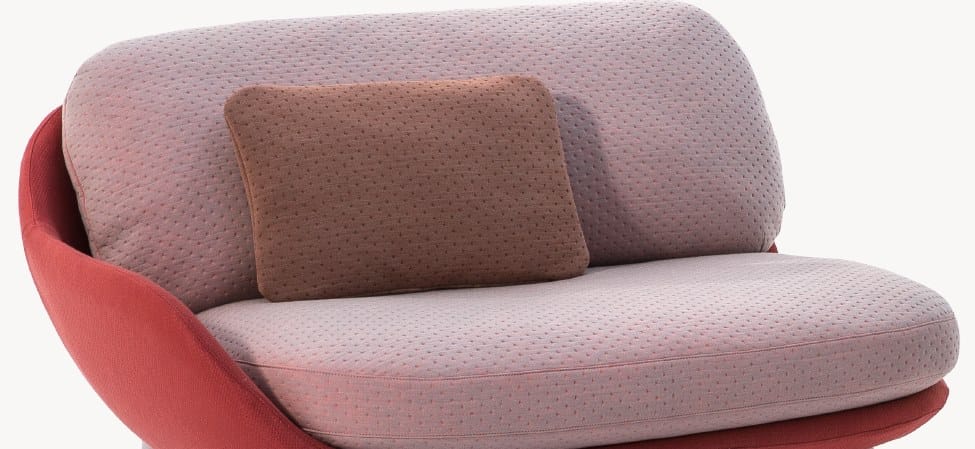
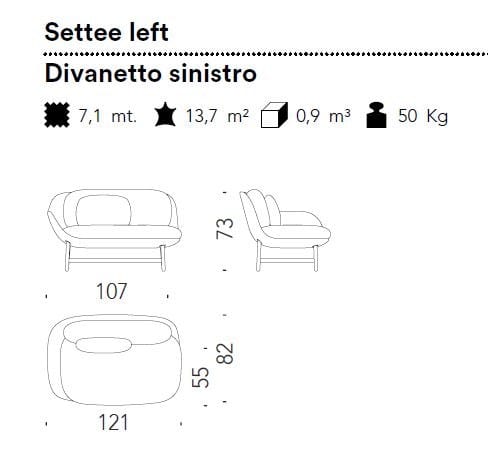
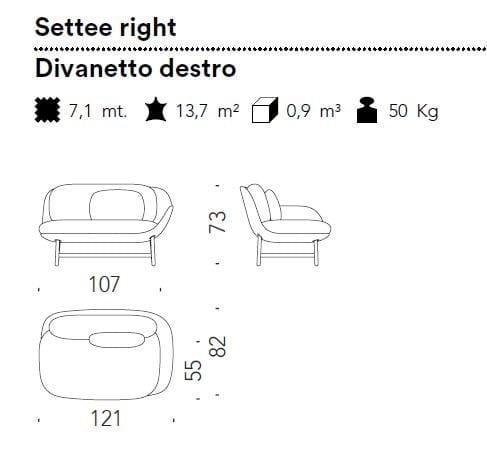

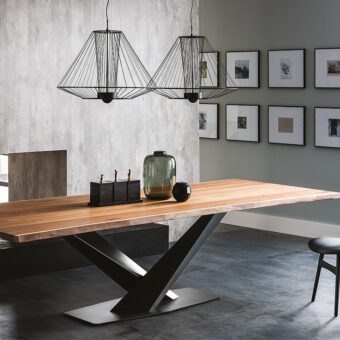
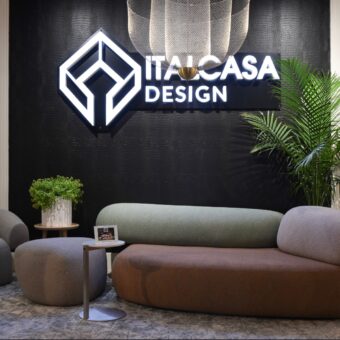
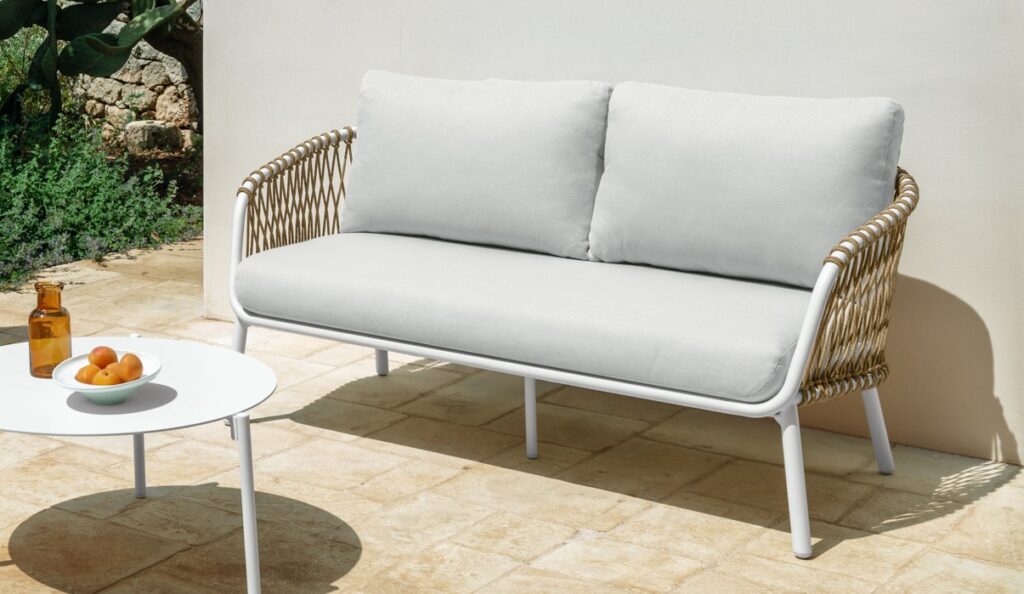
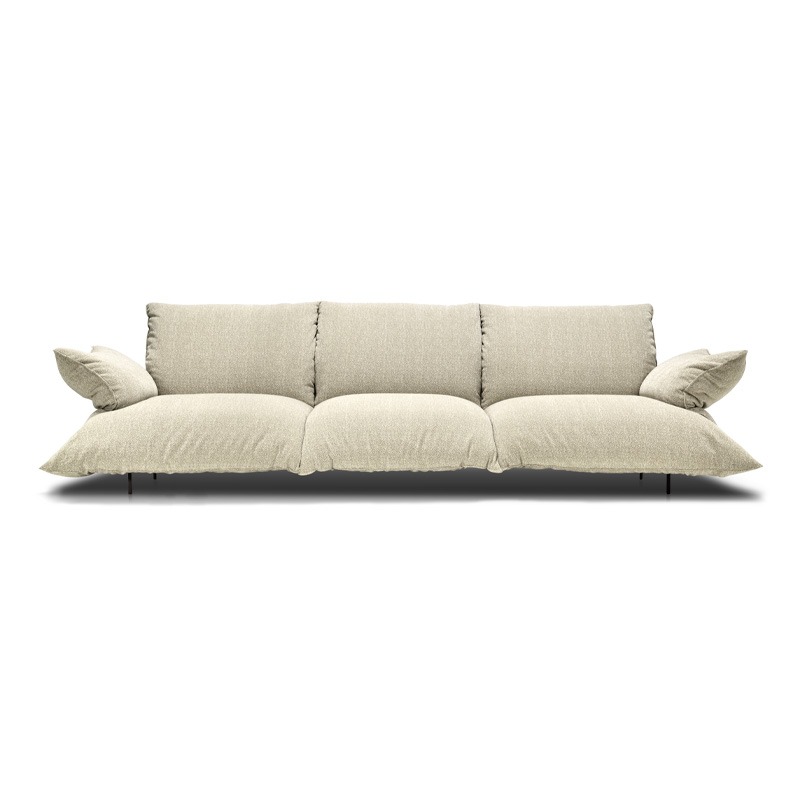
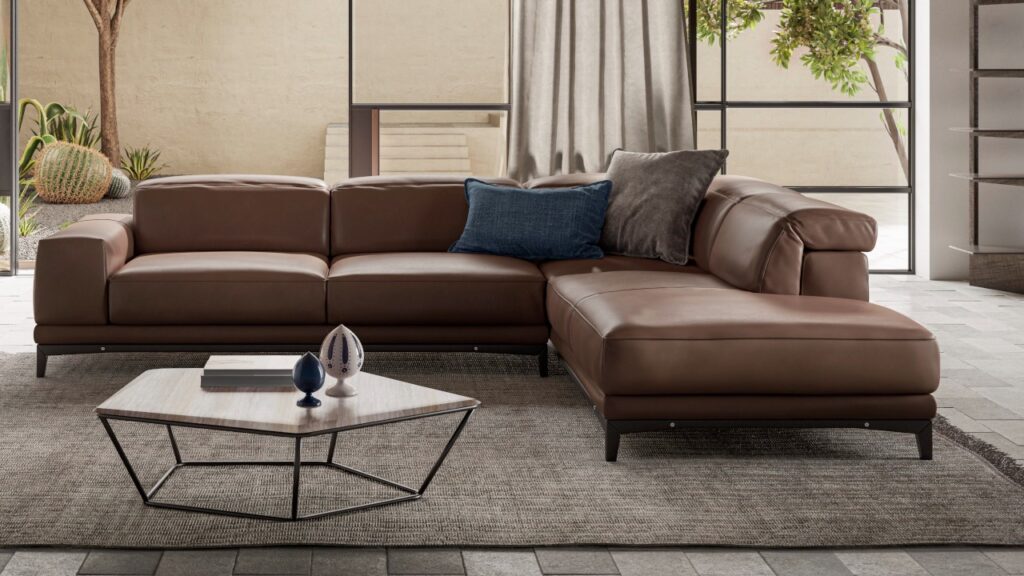
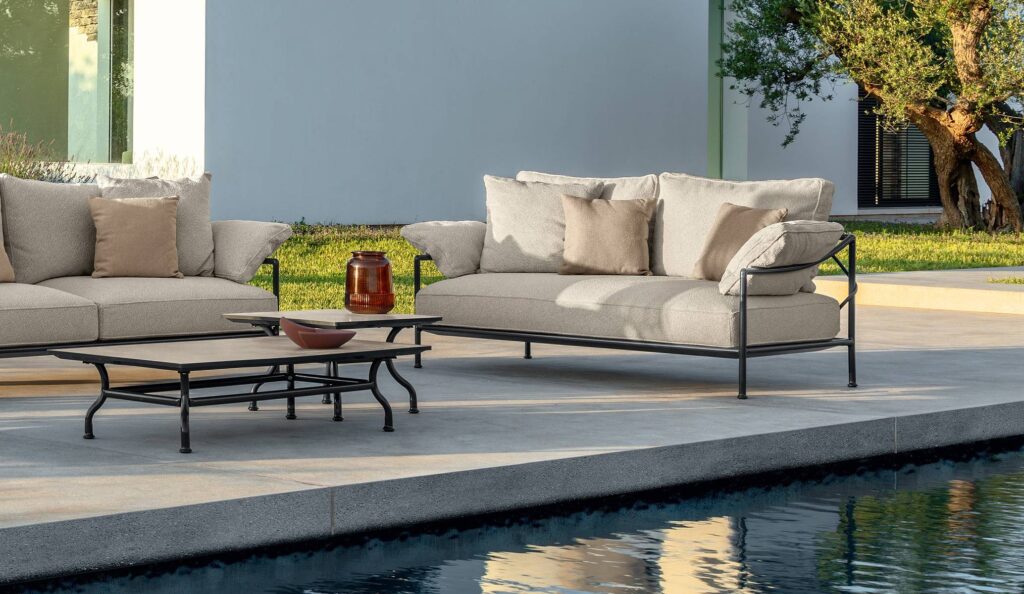
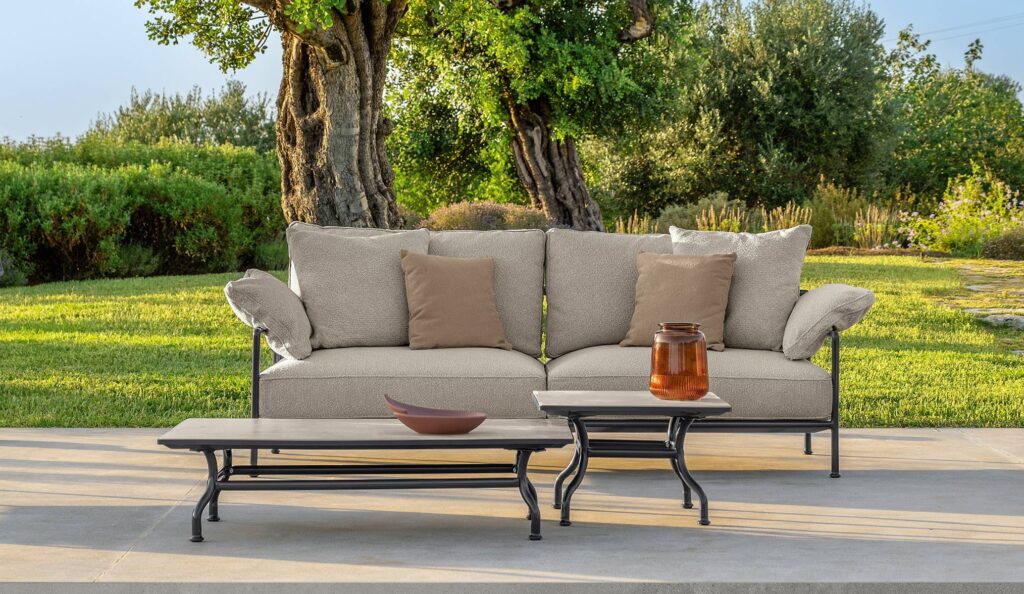
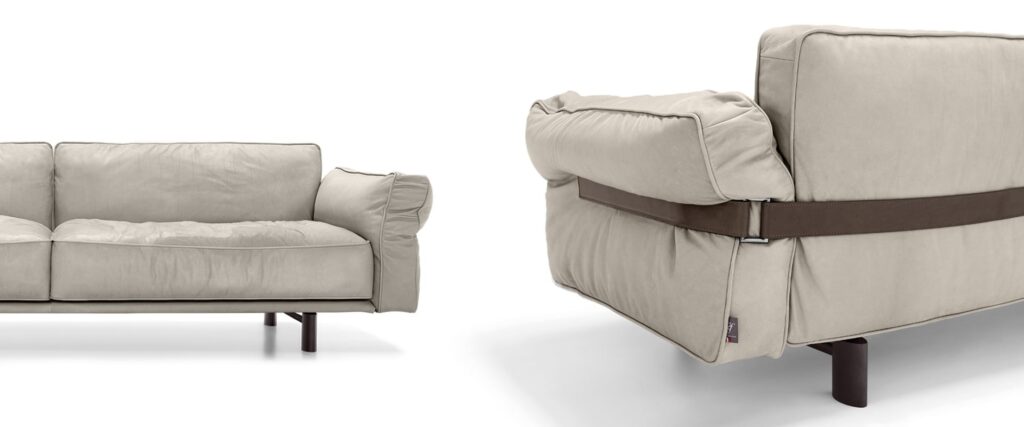
Reviews
Clear filtersThere are no reviews yet.